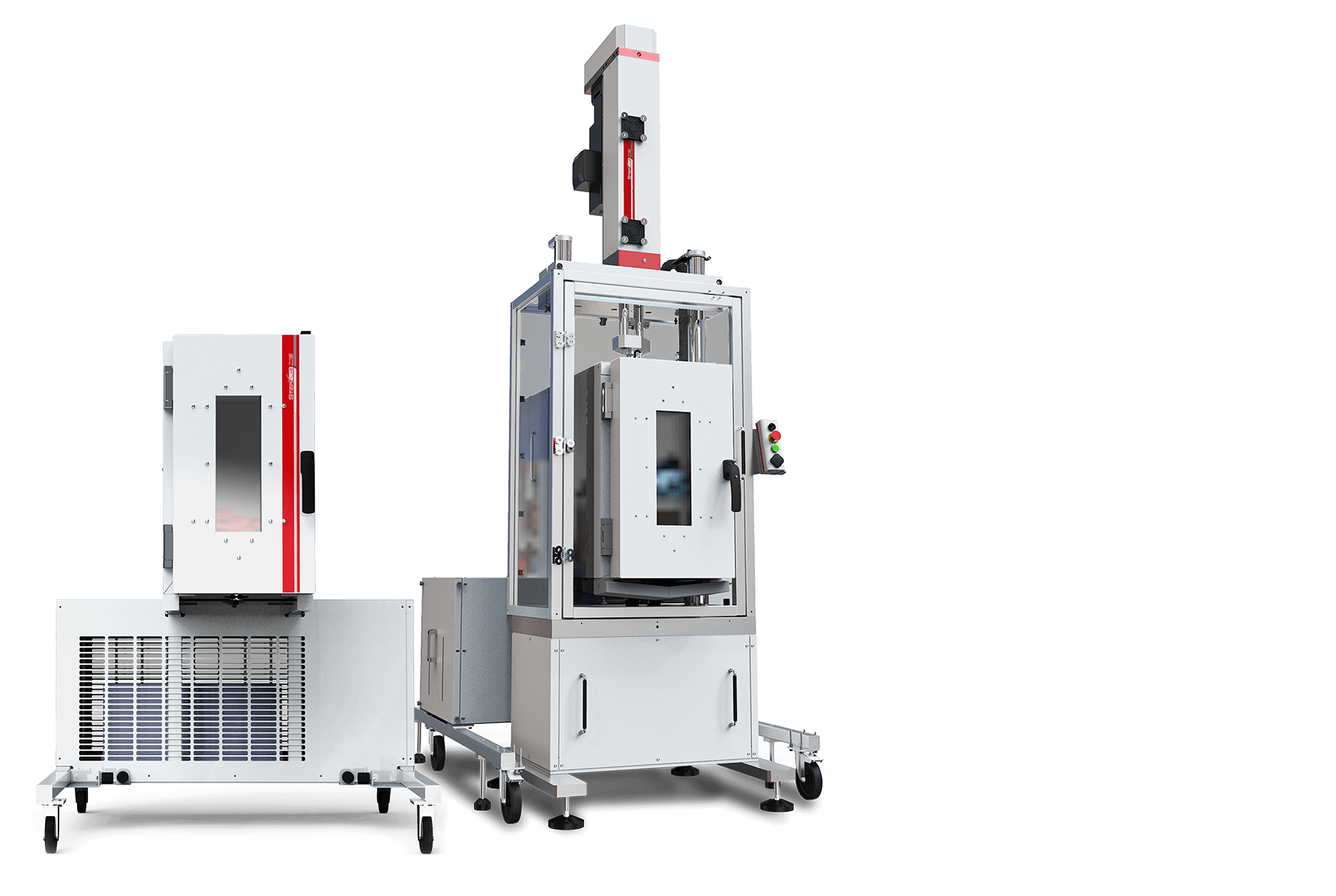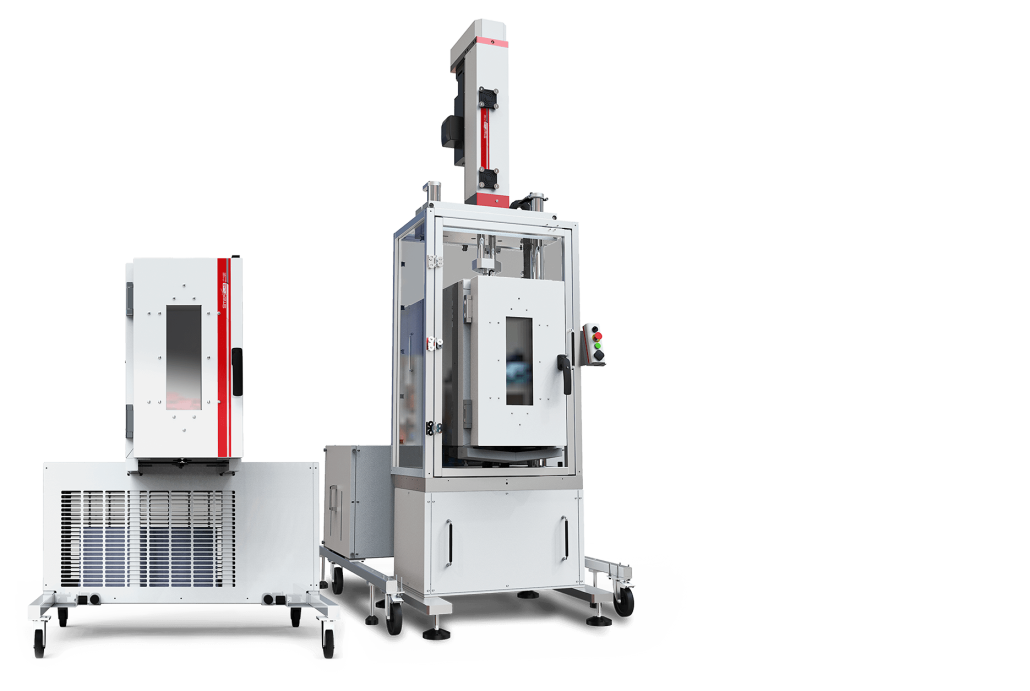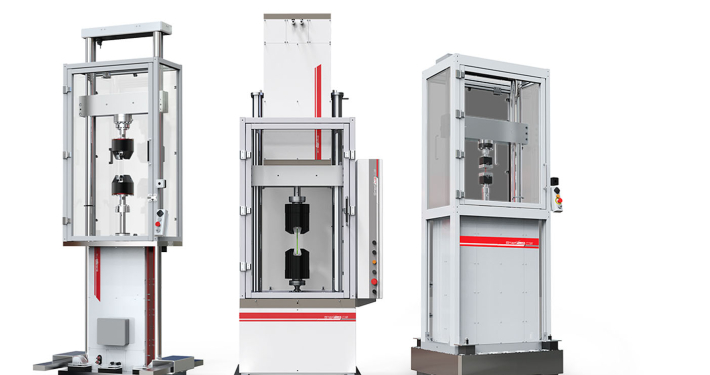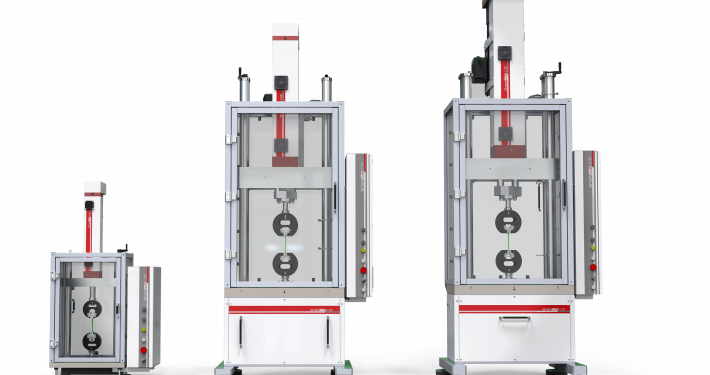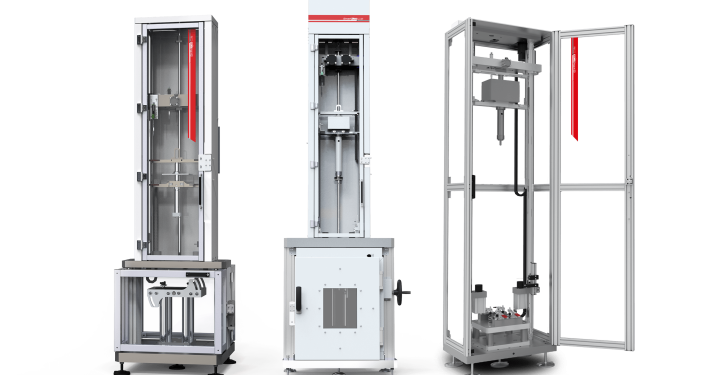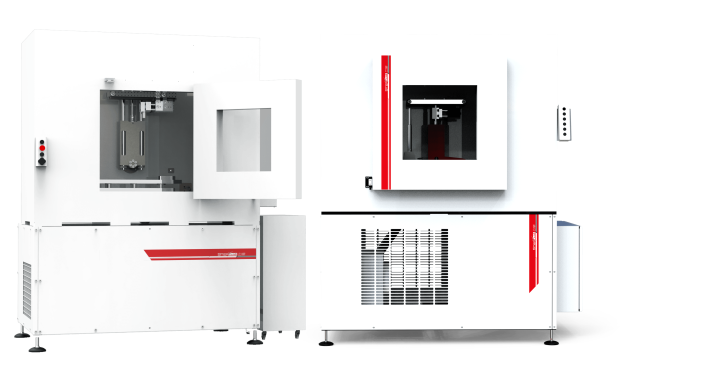CLIMATIC CHAMBERS
STEP Lab climatic chambers have been developed to offer outstanding performance in terms of accuracy and flexibility for environmental simulation tests in the laboratory. Whether used individually or in combination with STEP Lab or third-party mechanical testing machines, these climatic chambers are designed to excel.
Temperatures
-70 to +180°C
Controls
Temperature
Humidity
Applications
Universal

